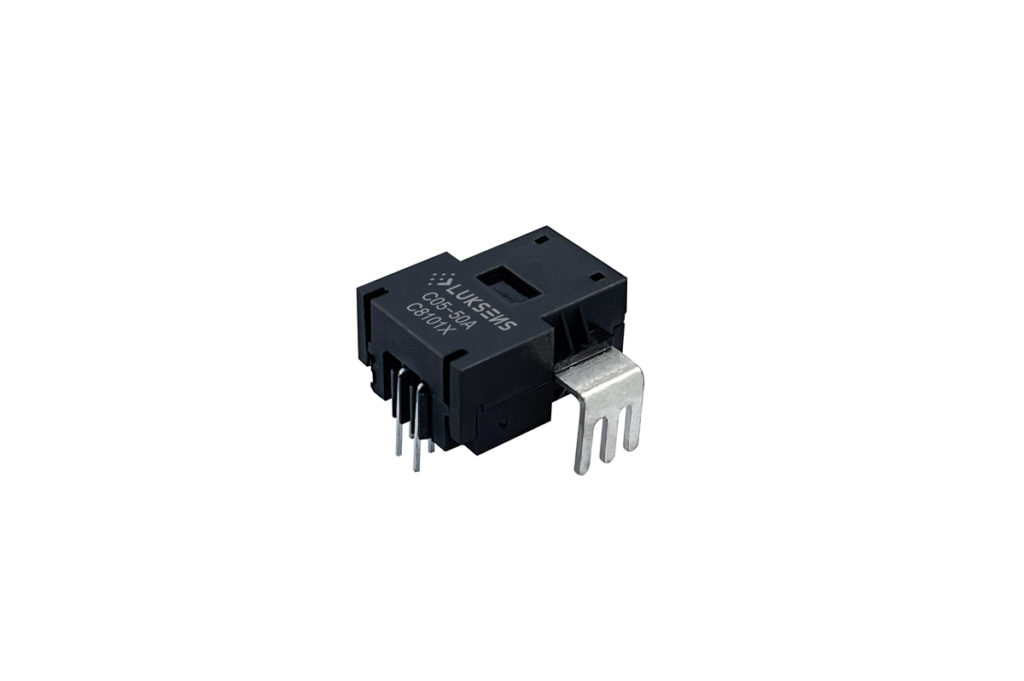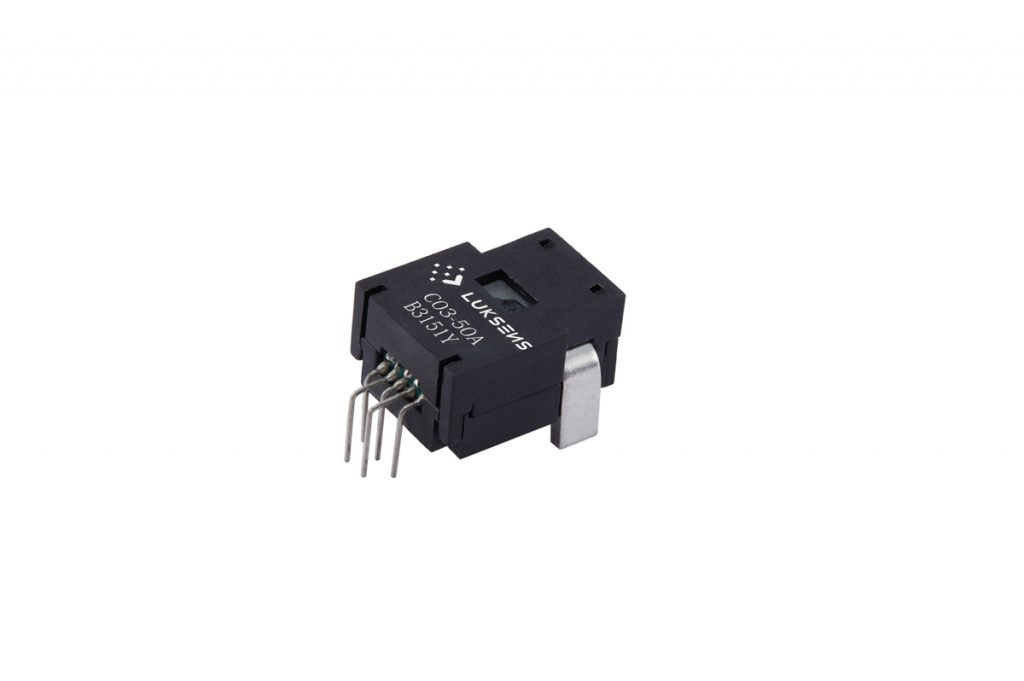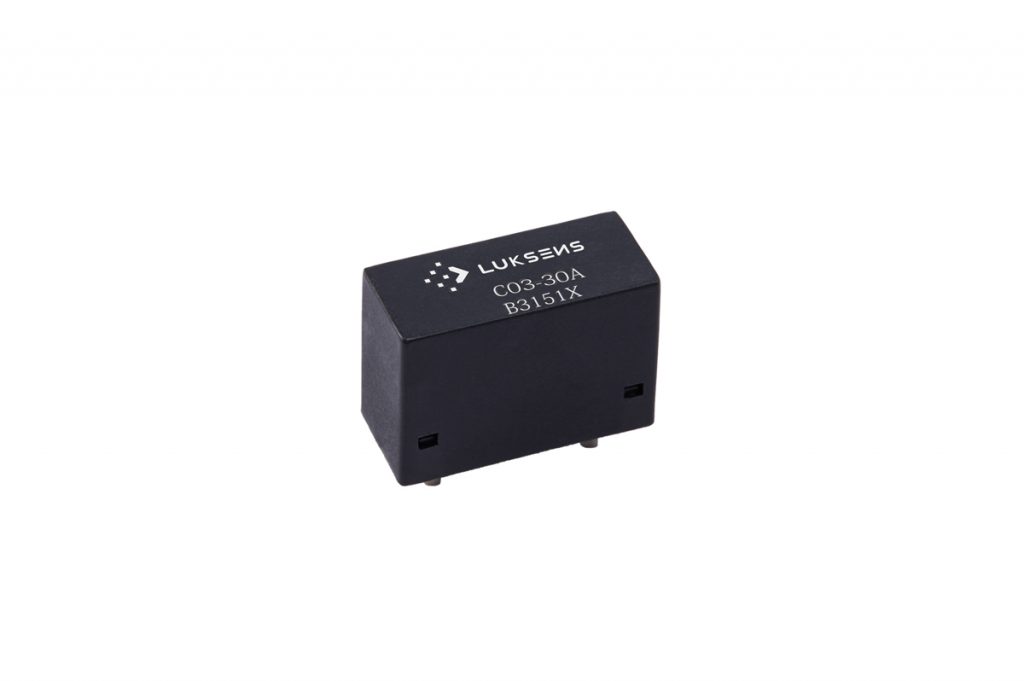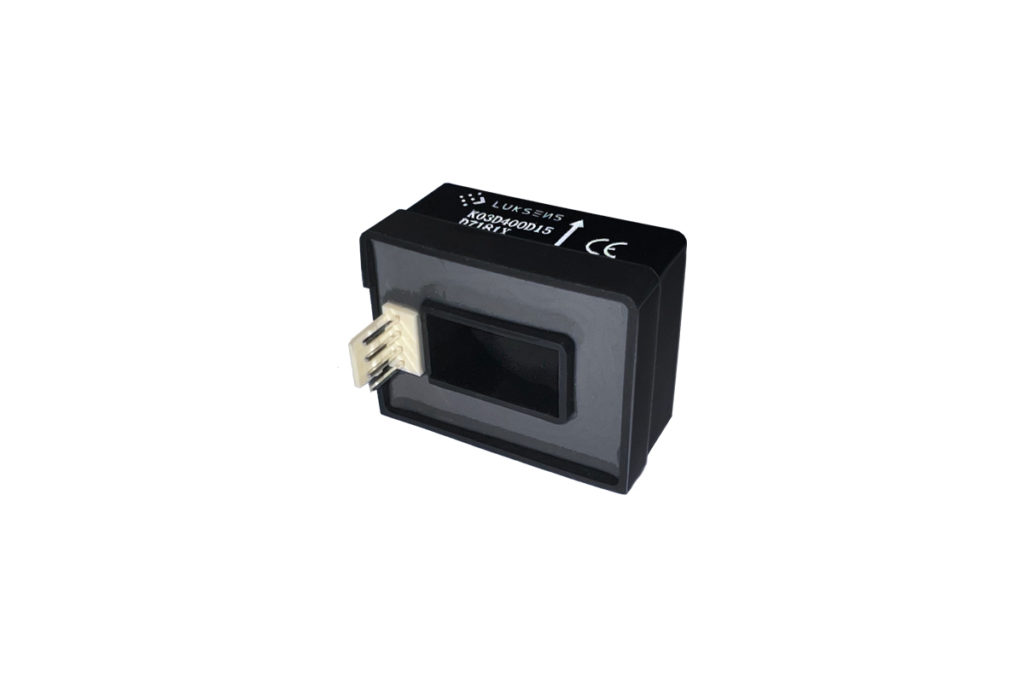Air-Conditioning
- Home
- DOMESTIC APPLIANCE
- Air-Conditioning
Current sensing in air-conditioning
Current sensing in air-conditioning refers to the process of monitoring and measuring the electrical current flowing through various components of an air-conditioning system. This is crucial for several reasons:
1.Equipment Health Monitoring
2.Energy Efficiency
3.Fault Detection
4.Overload Protection
5.Control and RegulationFeedback for Optimization:
Different sensing technologies, such as current transformers or Hall effect sensors, may be employed for current sensing in air-conditioning systems. The data collected through these sensors can be integrated into the system’s control and monitoring unit for analysis and decision-making. Overall, current sensing plays a crucial role in ensuring the reliability, efficiency, and safety of air-conditioning systems.
Advantage of Hall Effect Sensors
Hall effect sensors and current transformers are both used for current sensing in various applications, including air-conditioning systems. Here is the advantages of Hall effect sensors over current transformers in the context of air-conditioning current sensing:
1.Size and Form Factor:
· Hall effect sensors are typically smaller and lighter compared to traditional current transformers. This makes them more suitable for applications where space is limited, such as in compact air-conditioning units.
2.High-Frequency Response:
· Hall effect sensors have a higher frequency response compared to current transformers. They can accurately measure rapid changes in current, which is beneficial in applications where there are quick fluctuations in load, common in air-conditioning systems.
3.Isolation and Safety:
· Hall effect sensors are inherently isolated, providing electrical isolation between the current-carrying conductor and the sensing electronics. This isolation enhances safety, reducing the risk of electric shock or damage to sensitive components.
4.Wide Measurement Range:
· Hall effect sensors can cover a wide measurement range, making them versatile for various air-conditioning systems with different current levels. They can accurately sense both low and high currents.
5.Low Power Consumption:
· Hall effect sensors generally have lower power consumption compared to current transformers. This can be advantageous in applications where power efficiency is a critical consideration.
6.Digital Output:
· Hall effect sensors often provide a digital output, which can be directly interfaced with digital control systems. This simplifies integration with microcontrollers or other digital processing units commonly found in modern air-conditioning systems.
Recommendation:





